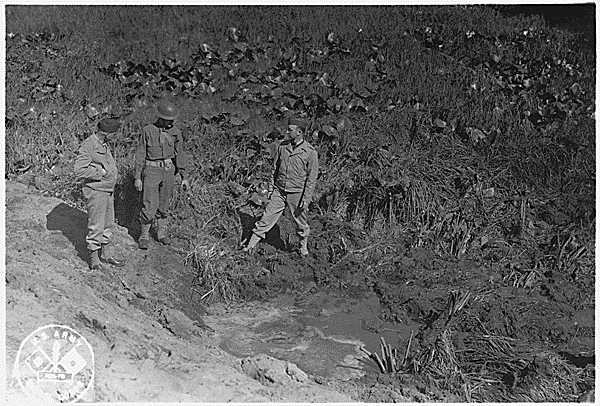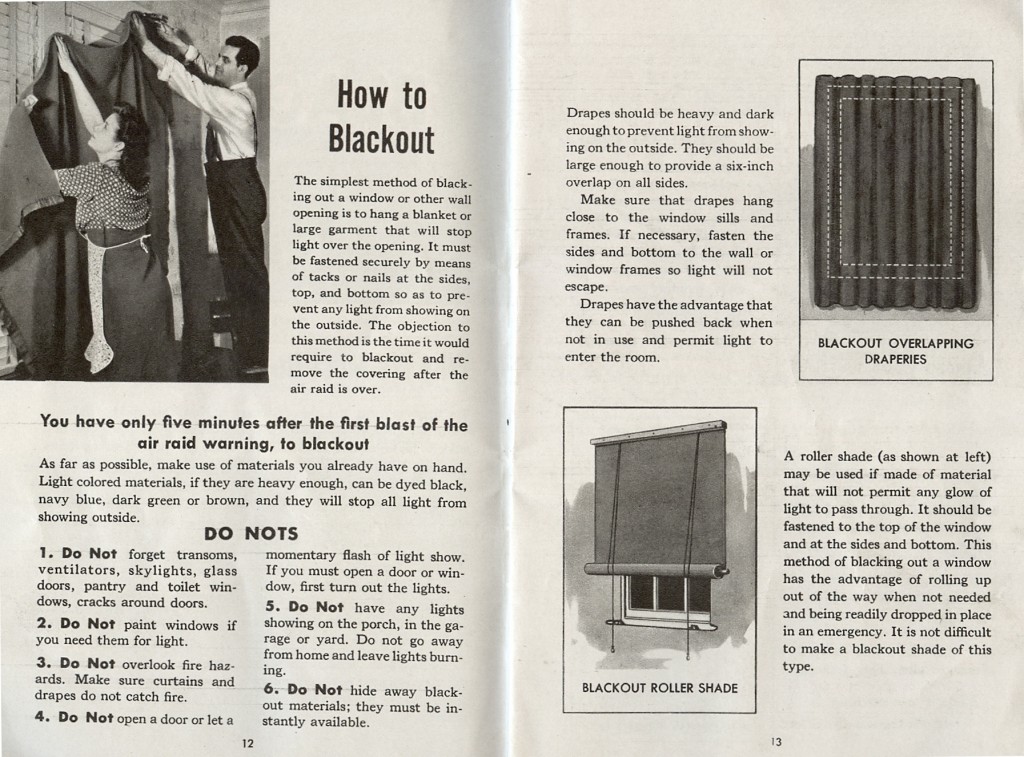Base on US Soil Bombed for First Time Since 1812
 Crater caused by Japanese shelling, Fort Stevens, Oregon, June 1942. Image courtesy of the National Archives.
Crater caused by Japanese shelling, Fort Stevens, Oregon, June 1942. Image courtesy of the National Archives.
In the wee morning hours of 22 June 1942, a Japanese submarine crept close enough to the North Pacific coast to successfully shell Fort Stevens, situated on the Columbia River in Oregon. Though this was the second time the continental United States was hit by the Japanese from the sea during World War II, it was the first and only attack on a military installment on CONUS. It had been 130 years since an enemy succeeded in attacking a military structure on contiguous US soil, the last time being during the War of 1812. No personnel were harmed and the only result was a handful of craters in the fort’s baseball field.
A few months previous to the Fort Stevens shelling, another enemy submarine had hit an oil field near Santa Barbara. In such context, the sense of paranoia felt by Americans on the Home Front that a Japanese invasion or bombing run could be imminent was given credence. Citizens on the West Coast were surely more likely to follow blackout regulations after such incidences.
 How to blackout your home from the Office of Civilian Defense booklet “What To Do In An Air Raid.” Gift of Peter & Lucy Trentadue, 2011.509
How to blackout your home from the Office of Civilian Defense booklet “What To Do In An Air Raid.” Gift of Peter & Lucy Trentadue, 2011.509
Click here to read about the first attack on continental US soil.
This post by Curator Meg Roussel
- Posted :
- Post Category :
- Tags :
- Follow responses to this entry through the RSS 2.0 feed. You can skip to the end and leave a response. Pinging is currently not allowed.




Leave a Reply